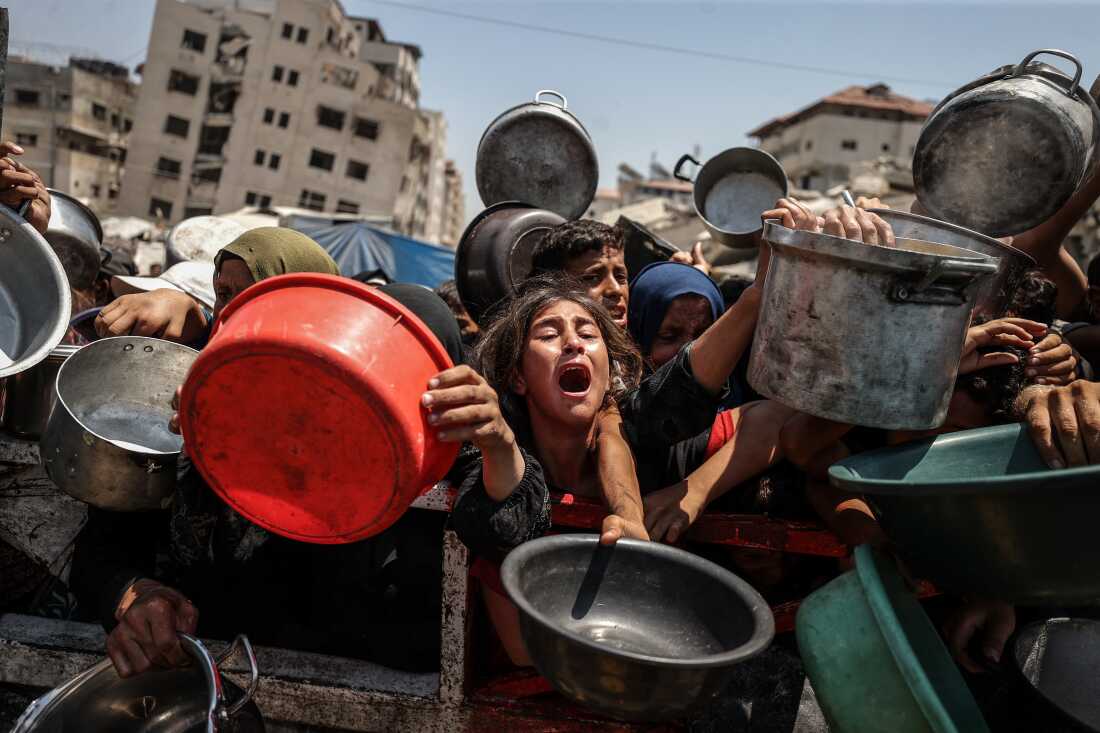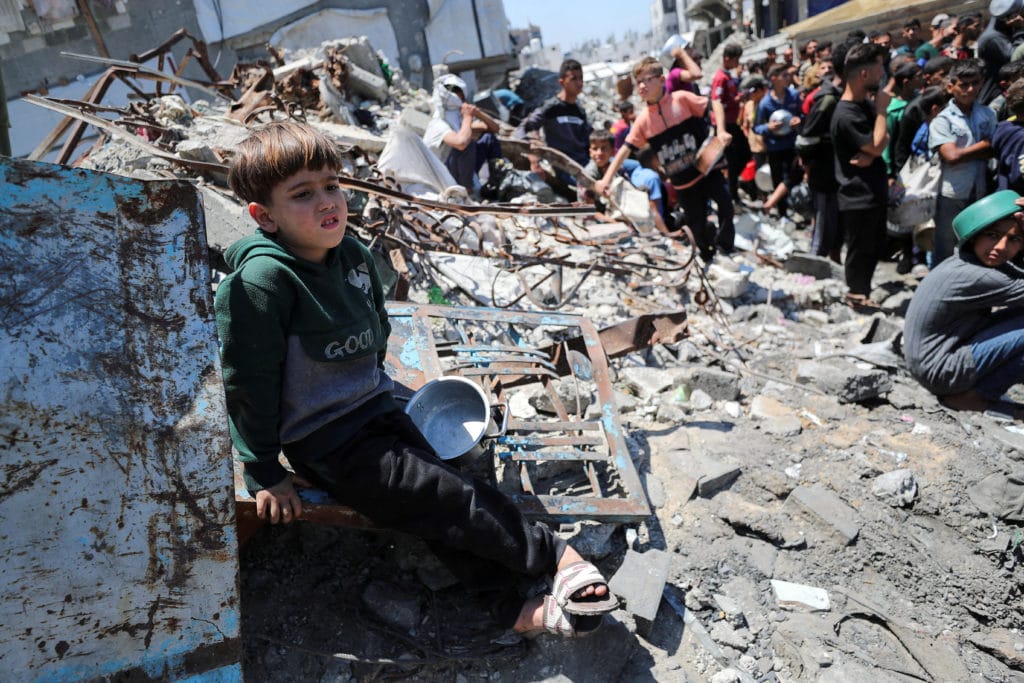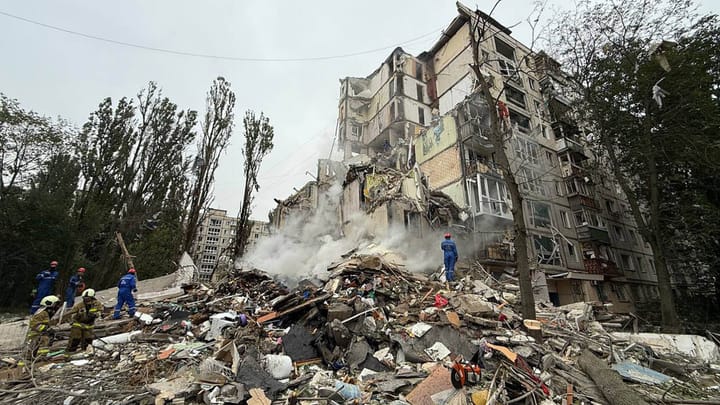Gaza Famine Phase: Thousands of Children at Risk
Gaza’s famine phase has been officially declared, with thousands of children now facing deadly threats due to blockade and limited humanitarian aid.

The most alarming humanitarian crisis is now unfolding in Gaza. For the first time, the world’s food security panel has officially declared a famine phase in most parts of Gaza. Thousands of children and civilians are in real danger, with rates of malnutrition and deaths rising daily. The latest data reinforce the gravity of a tragedy driven by total blockade and severely restricted access to aid.
Gaza Officially Declared in Famine
The Integrated Food Security Phase Classification (IPC) panel—comprising FAO, WFP, WHO, and the European Union—has issued a warning that Gaza has entered famine, or Phase 5. According to international standards, this phase means more than 20% of households experience extreme food shortages, 30% of children under five suffer from acute malnutrition, and mortality rates exceed two people per 10,000 per day. In recent months, Gaza has become one of the world’s fastest-moving famine zones, the result of a man-made crisis.
Children Are the Main Victims in Gaza
Official data show that over 20,000 children have been treated for acute malnutrition in just the past three months. Since mid-July, at least 16 children under the age of five have died due to hunger. The death toll from this food crisis has reached 154, including 89 children. Global health organizations warn that the long-term effects of this crisis will not only include deaths, but also the risk of permanent physical and mental damage to Gaza’s children.

Hospitals Overwhelmed, Aid Falls Short
At major hospitals such as Nasser Medical Complex, doctors report many children are in critical condition—their bodies emaciated, with arms as thin as a thumb. Many babies are so weak they cannot even cry. Meanwhile, the delivery of food aid is limited to around 220 trucks per day, far below the minimum 500–600 trucks recommended by food agencies. Ongoing conflict, blockades, and unrest often disrupt the distribution of humanitarian aid, preventing it from reaching those most in need.
Blockade and Attacks at the Heart of Gaza Crisis
Gaza’s famine crisis is not a natural disaster, but the direct consequence of a total blockade imposed since March 2025. Extreme restrictions on the entry of food, medicines, and essential supplies have crippled Gaza’s entire food ecosystem. Attacks targeting food factories, hospitals, and critical infrastructure have further deepened the crisis. In practice, access to basic needs and healthcare has become extremely limited for civilians, accelerating the collapse of food and health systems in the region.
A Long-Term Threat to Gaza’s Next Generation
Ongoing acute malnutrition poses a risk of permanent physical and cognitive damage. With the collapse of health services, infants, pregnant women, and the elderly face increasingly dire odds of survival. Global health organizations and humanitarian agencies stress the urgent need to lift the blockade, guarantee unconditional access for aid, and ensure maximum protection for aid workers. The international community is called upon to take concrete action before the crisis deepens further.





Comments ()